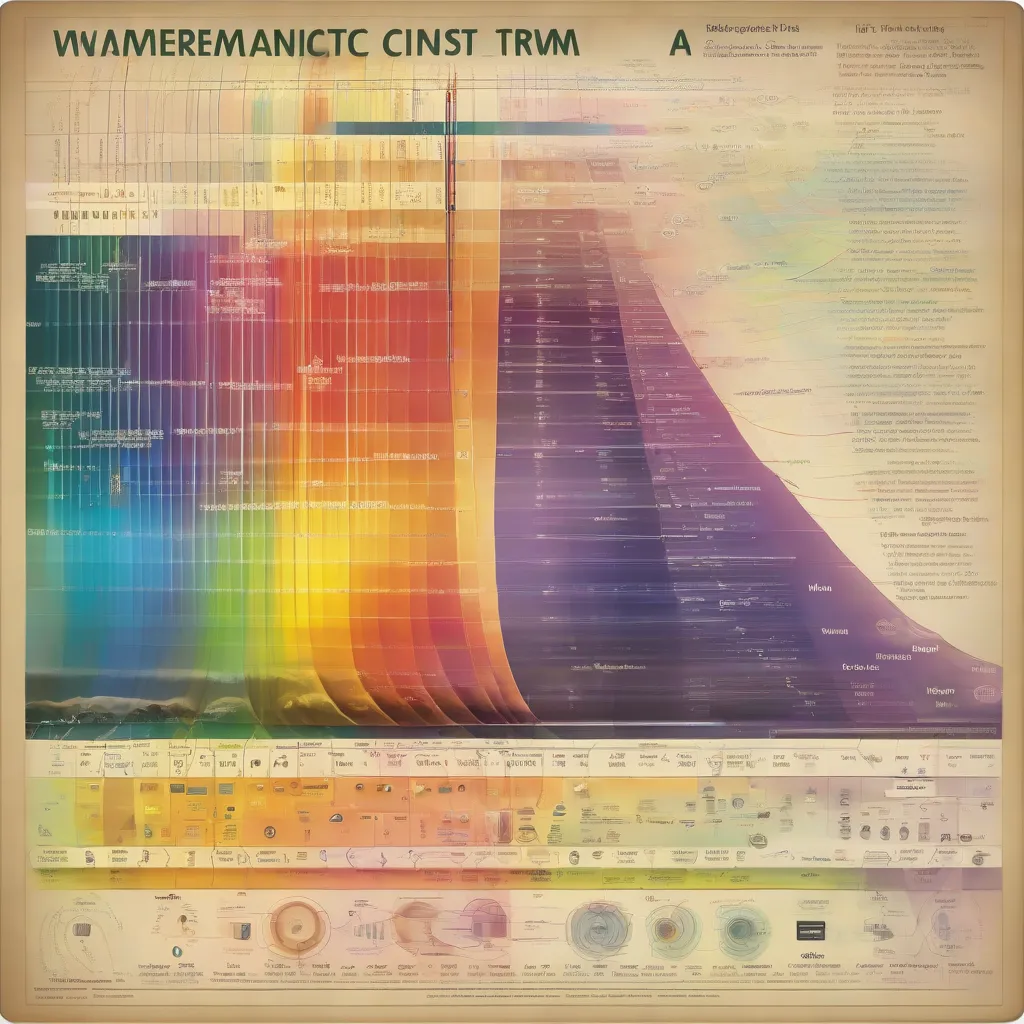Have you ever gazed up at the night sky, captivated by the twinkling stars, and wondered how their light reaches us across vast distances? Or perhaps you’ve used a microwave to heat up a quick snack and pondered the invisible energy at play. These phenomena, along with many others we encounter daily, are all governed by the fascinating world of electromagnetic waves. But just how fast do these waves, carrying light, radio signals, and even the warmth of the sun, actually travel?
The Speed Limit of the Universe
Electromagnetic waves travel at an astonishing speed – approximately 299,792,458 meters per second. This mind-boggling velocity is more commonly known as the speed of light, often denoted by the letter “c”. Now, you might be wondering why we call it the “speed of light” when it applies to all electromagnetic waves. The reason is simple: light is an electromagnetic wave itself!
To put this speed into perspective, imagine traveling around the Earth’s equator. At the speed of light, you could circumnavigate the globe over seven times in a single second! This incredible speed is a fundamental constant in physics, meaning it remains the same throughout the universe and plays a crucial role in how we understand the cosmos.
A Spectrum of Possibilities
Electromagnetic waves come in a wide array of wavelengths and frequencies, forming what we call the electromagnetic spectrum. This spectrum encompasses everything from low-frequency radio waves, used for communication, to high-frequency gamma rays, emitted during radioactive decay.
No matter where they fall on the spectrum, all electromagnetic waves share one crucial characteristic: they all travel at the speed of light in a vacuum.
 Electromagnetic Spectrum
Electromagnetic Spectrum
Traveling Through Different Mediums
While the speed of light in a vacuum is constant, things get a bit more complex when electromagnetic waves travel through different mediums, such as air, water, or glass. In these cases, the speed of the wave can be slightly slower depending on the density and composition of the medium. This change in speed is what causes phenomena like refraction, where light bends as it passes from one medium to another. For example, when light passes from air into water, it slows down, causing the light rays to bend and creating the illusion that objects submerged in water appear closer or distorted.
You can witness this effect yourself by placing a straw in a glass of water. Observe how the straw appears to bend at the waterline. This simple observation demonstrates the fascinating interaction between light, speed, and different mediums.
 Light Refraction in Water
Light Refraction in Water
Unveiling the Universe and Beyond
Understanding the speed of electromagnetic waves is not just an academic pursuit; it has profound implications for our understanding of the universe and shapes many technologies we rely on daily.
For astronomers, the speed of light is a cosmic yardstick, used to measure the vast distances between stars and galaxies. When we observe distant objects, we are actually seeing them as they were in the past, because the light from those objects takes time to reach us. This “look-back time” allows astronomers to study the early universe and unravel the mysteries of cosmic evolution.
Closer to home, our understanding of electromagnetic waves underpins countless technologies, from radio and television broadcasts to wireless communication and GPS navigation. Even medical imaging techniques like X-rays and MRI rely on the unique properties of different electromagnetic waves.
Exploring Further
If you’re eager to delve deeper into the world of waves and how they travel, be sure to check out these fascinating articles:
The next time you turn on the radio, marvel at a rainbow, or gaze at the stars, take a moment to appreciate the incredible speed and power of electromagnetic waves – the invisible forces that connect us to the universe and each other.
